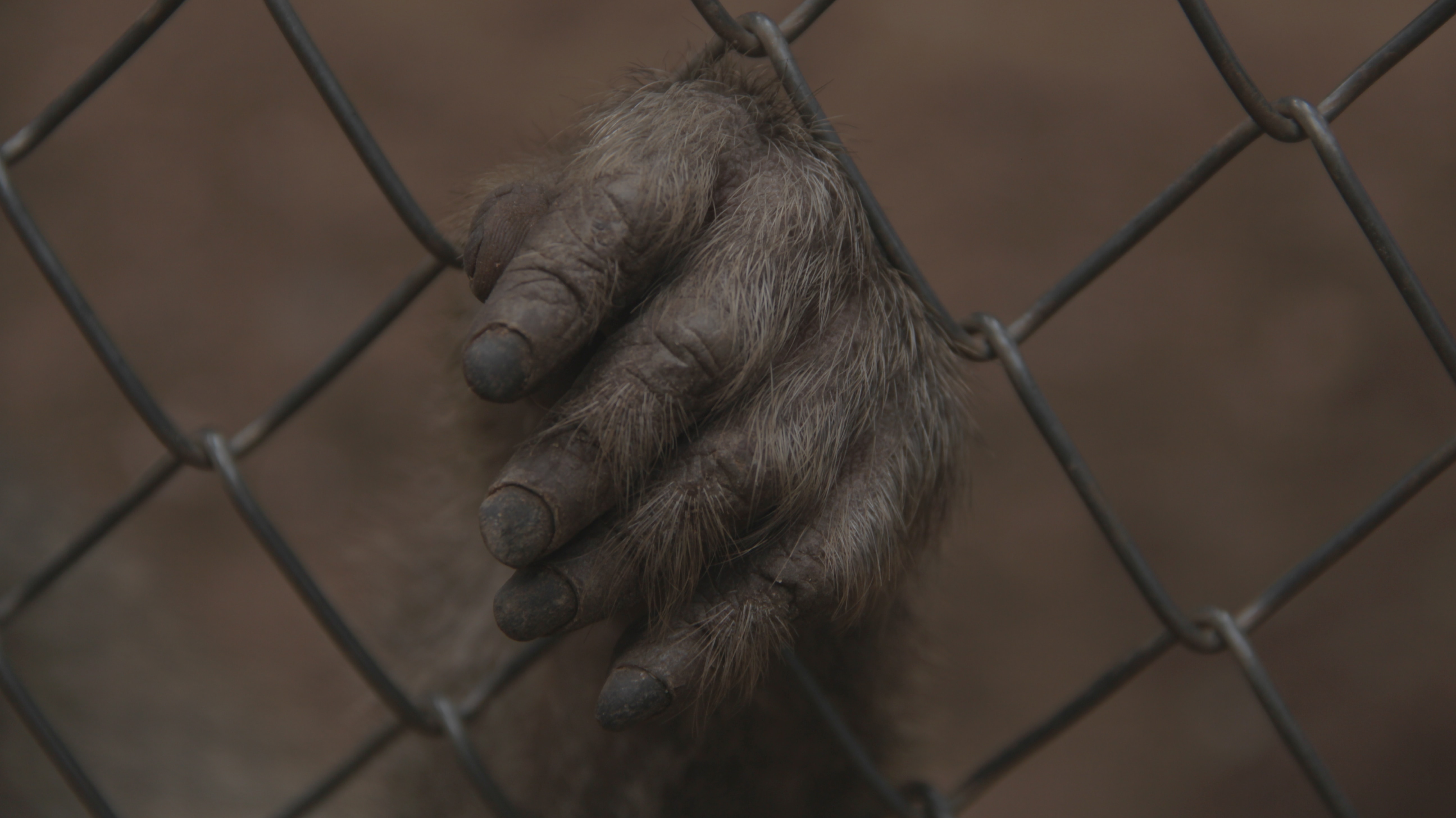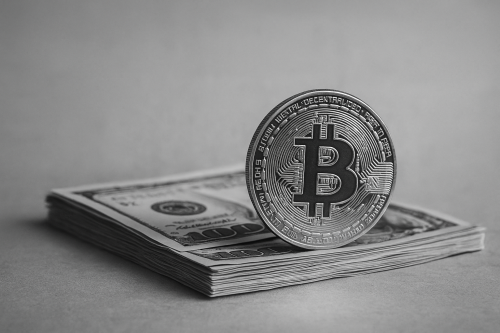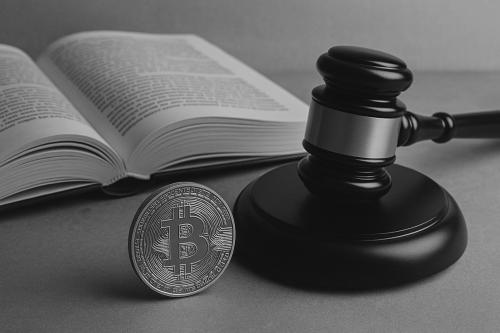COVID-19: How anti-corruption tools and industry collaboration can help us win the fight against illegal wildlife trade

Conservationists and public health experts alike have welcomed the recent renewed commitment by the Chinese government to eliminate illegal wildlife trade in response to the novel coronavirus (COVID-19) emergency. On 26 January, China ordered a temporary ban on all trade in wild animals, and since then Chinese authorities have reportedly seized 38,000 live animals along with 2,347 kg of wildlife products, and punished almost 700 offenders.
Many hope this ban will become permanent, at least in terms of the world’s most vulnerable species. As former UK Foreign Secretary William Hague states powerfully in a recent article, “Capturing, trading and consuming endangered species should have no place in the modern world.”
This represents a clear and correct call to action, but one that comes with a note of caution. Corruption risks nullifying any attempts to crack down on the illegal wildlife trade and the organised crime networks behind it. Research shows that corruption lubricates illegal wildlife trade at all levels, from officials turning a blind eye to corrupted employees bypassing security checks at ports and airports, to the intentional misuse of the legal wildlife trade as a cover for illicit activity.
It’s not just academic.
Many of the exotic animals traded at the market at the epicentre of the coronavirus outbreak were imported in violation of Chinese customs regulations, having been smuggled under cover of some other commodity or trafficked by criminals facilitated by unscrupulous business people and government officials all along the illicit supply chain. The market itself where the virus seems to have originated nominally passed inspections late last year.
Lord Hague’s article describes how the efforts of Chinese law enforcement officials to fight illegal wildlife trade are "hampered by vendors using licenses to sell legal products such as hares and deer, as a cover for the illegal products kept under the counter."
Corruption, we find, lies at the centre of the problem. Put even more bluntly, the novel coronavirus crisis would not exist without the globalised illegal trade in wildlife, and in turn the illegal wildlife trade cannot exist at this dangerous scale without corruption.
In context of the current public health emergency at least, one thing is clear: corruption kills.
The question we face now is to what extent anti-corruption will form part of the picture – not just in China but in other countries battling to tackle the world’s fourth largest illegal trade.
Thankfully, there is help available.
Unlocking the power of the private sector
Wildlife traffickers often currently operate with impunity, but they suffer from two major vulnerabilities.
First, virtually all illegal wildlife moves commercially. Wildlife trafficking networks exploit commercial transport services such as shipping, trucking, air cargo, and passenger flights to smuggle illegal wildlife, leaving trafficker access to commercial transport a key chokepoint.
Second, global wildlife trafficking relies on a complex international supply chain, but one that is in most cases backed by and constructed for the monetary benefit of a relatively small number of key corrupt financiers and facilitators. Even though payments at the source and retail levels are often in cash, these middlemen rely on the international financial system to fund their illegal activities and launder their profits, often in combination with other illicit business.
Combined, this means the private sector can be a powerful partner in efforts to eliminate the illegal wildlife trade and combat the corruption that is its lifeblood.
The United for Wildlife Taskforces, an initiative of The Royal Foundation of The Duke and Duchess of Cambridge, brings together the world’s leading transport and financial firms along with field experts and law enforcement to do just that. Through this collective network and its intelligence-sharing system implemented by the Basel Institute on Governance, private-sector members can access – and share – crucial information on wildlife trafficking.
This can be the key that investigators need to crack cases. It also helps the companies and industry bodies make it more difficult for wildlife traffickers to misuse private-sector infrastructure and systems for their illegal activities, and be more prepared to address corruption risks that exist in many key transport and finance hubs for wildlife trafficking.
Following recent Taskforce industry events in London, Beijing, Hong Kong, Singapore, Johannesburg, and Nairobi, numerous firms have shown increased interest in joining the initiative. This is particularly true in the financial sector, where banks have embraced the fight against wildlife trafficking as a way to enhance their compliance and risk management systems as well as contribute to more environmentally sustainable business models.
In this vein, the global money laundering watchdog, the Financial Action Task Force (FATF), under the current Chinese presidency recently committed to prioritise wildlife trafficking. This increased interest is highly welcome, because the success of collective action is highly dependent on achieving the right critical mass.
Transnational crime needs transnational, cross-sector cooperation
It’s often said that the criminals are able to cooperate much better than the people trying to fight them. How does this model of intelligence-sharing and collaboration across borders and between the public and private sectors work? A recent case story gives a flavour.
A major transnational wildlife trafficking syndicate operating across Africa and into Asia was taken down in June 2019, following a complex investigation coordinated across multiple countries and law enforcement actors. The four suspects were indicted in the United States on charges related to ivory and rhino horn trafficking, heroin trafficking, money laundering, conspiracy, and other financial crime offences.
The collaboration of private-sector companies and on-the-ground NGOs in providing information that led to this successful strike was crucial. You can read about it in this in-depth article by CBS News.
Beyond the impacts of this particular case, the investigation marks a watershed moment in how the world is responding to wildlife trafficking. In particular, it demonstrates:
- The power of a new model of collaboration across law enforcement, private, and non-governmental sectors.
- The ability to successfully bring to justice “untouchables” - and do so in a way that they are sure to prosecuted to the fullest extent of the law without the risk of corruption of the process.
- The potential of being able to execute coordinated law enforcement operations across multiple countries in the wildlife trafficking arena. To truly disrupt and destroy trafficking networks, this is what is needed.
- The use of the “follow the money” approach, in both the investigation and also in regard to charging the suspects for money laundering and financial crime offences. This is standard in cases of grand corruption, but very new for wildlife trafficking.
Cases like this demonstrate that wildlife traffickers who considered themselves “untouchable” are no longer safe from the reach of law enforcement.
And that, with the help of anti-corruption tools and collective initiatives such as the United for Wildlife Transport and Financial Taskforces, actors in the private, public and third sectors can help turn commitments against illegal wildlife trade into action and into lasting positive impact for our planet and human health.



